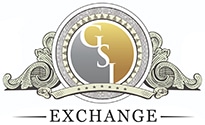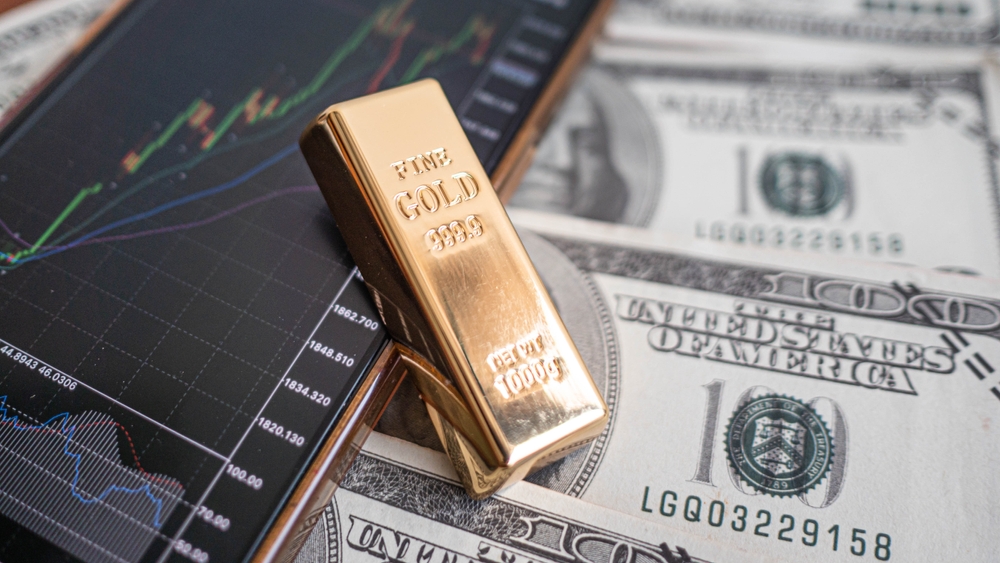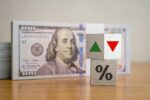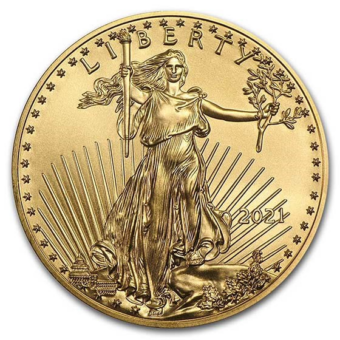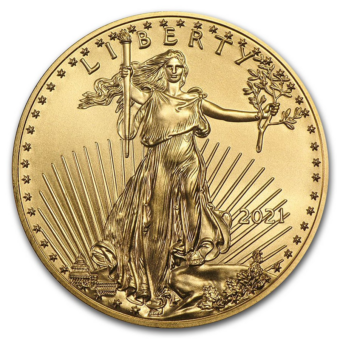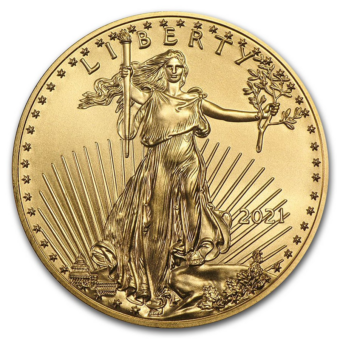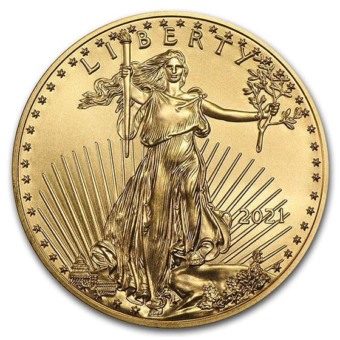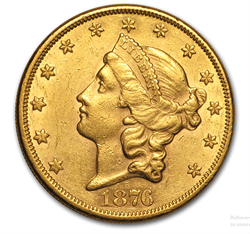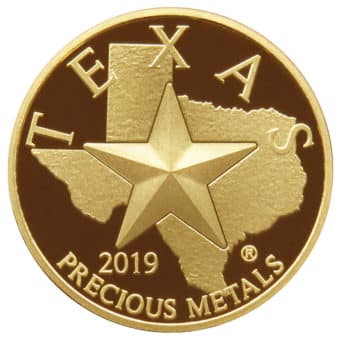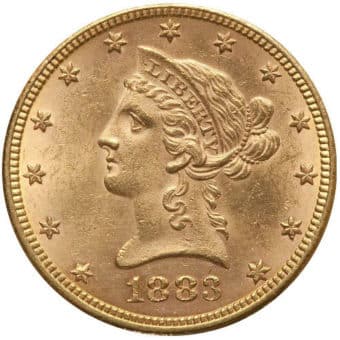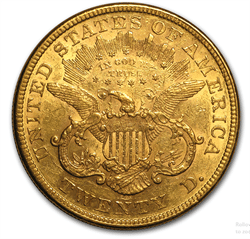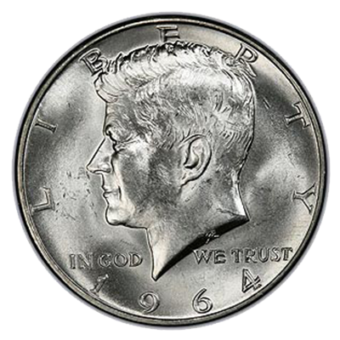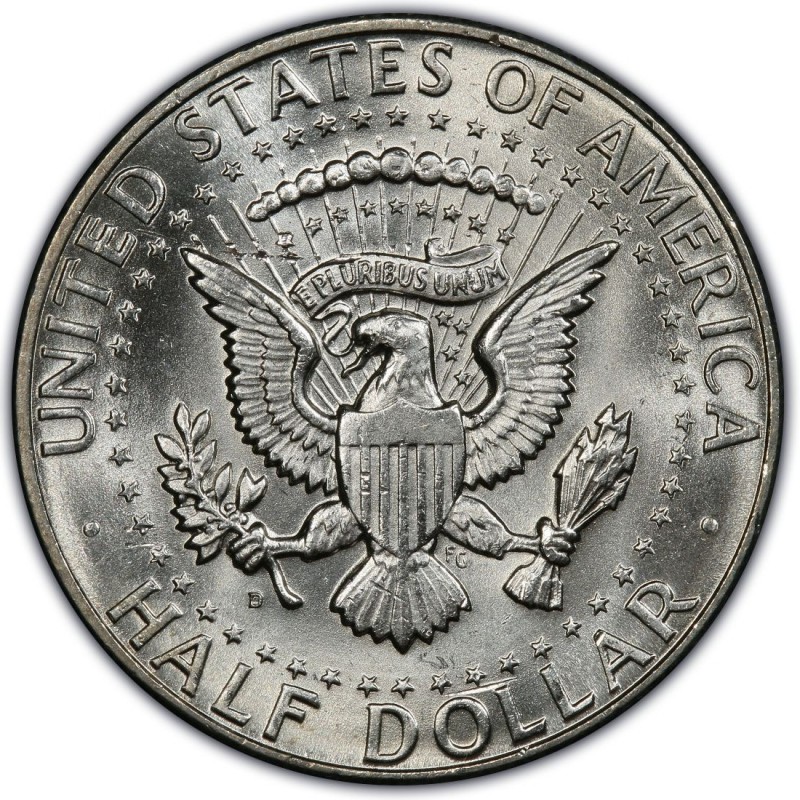Monday - 6.30.25: Gold prices were moderately higher while silver dipped slightly in midday U.S. trading Monday, as gold rebounded from a five-week low on bargain hunting despite prevailing risk-on sentiment that limited safe-haven demand; August gold rose $18.60 to $3,305.90, while July silver slipped $0.152 to $35.885. U.S. stocks were firmer, with the Nasdaq and S&P 500 hitting record highs before easing off session peaks, though headlines warned that Trump’s tariffs and inflation could threaten the rally. The day also marked the end of the month and quarter, adding significance for technical traders.
Tuesday - 7.01.25: Gold prices surged sharply and silver posted moderate gains in midday U.S. trading Tuesday, lifted by a weakening dollar index hitting a 3.5-year low and falling Treasury yields reaching a two-month low, factors that could give the Fed more flexibility to cut rates; August gold rose $45.50 to $3,353.00, while September silver climbed $0.298 to $36.465. Traders also cited bargain hunting in gold and turned their focus to Thursday’s closely watched June employment report, expected to show 110,000 new jobs versus May’s 139,000.
Wednesday - 7.02.25: Gold and silver prices were modestly higher in quiet U.S. midday trading Wednesday, with August gold up $7.70 to $3,357.50 and September silver gaining $0.293 to $36.69, as traders awaited Thursday’s pivotal June employment report, expected to show 110,000 new non-farm payrolls compared to May’s 139,000. Meanwhile, attention is shifting back to global trade negotiations ahead of the July 9 U.S. deadline, with the Wall Street Journal noting that “trade deals prove hard to strike.”
Thursday - 7.03.25: Gold fell 1% to $3,323.70 an ounce Friday after the U.S. added 147,000 jobs in June, beating forecasts and pushing the unemployment rate down to 4.1%; the stronger labor market, along with upward revisions to prior months, has dampened hopes for a July Fed rate cut, keeping pressure on the metal.
Friday - 7.04.25: U.S. Independence Day - Market Closed
U.S. Dollar Faces Worst Start Since 1973 Amid Mounting Economic Crises
Sharp currency decline reflects deepening trade, debt, and housing problems.
The Big Picture
The U.S. dollar is off to its weakest start to a year since the oil crisis of 1973, underscoring mounting concerns over trade wars, ballooning deficits, and eroding confidence in American economic leadership. So far in 2025, the dollar index has plunged more than 10%, marking the steepest first-half drop in over five decades.
While a weaker dollar can make U.S. exports more competitive, the decline also erodes purchasing power and fuels broader instability. With the currency’s slide coinciding with contracting GDP, a collapsing housing market, and surging student loan delinquencies, many analysts warn that a genuine crisis is unfolding.
What’s Happening
The dollar index fell again on Monday, dropping 0.15% to 97.05—its sixth consecutive monthly decline. The last time the greenback faced such a prolonged slump was during the unraveling of the Bretton Woods system in the 1970s.
Economic pressures have mounted as President Trump’s aggressive tariffs triggered front-loaded imports and record trade imbalances. The U.S. current account deficit soared 44.3% in Q1 to an all-time high of $450.2 billion, while GDP contracted at a downwardly revised 0.5% annualized rate.
Meanwhile, the housing market is on track for its worst year in decades, with home sales plunging and affordability deteriorating. Compounding the stress, the resumption of student loan payments has triggered widespread delinquencies, with nearly one in four borrowers falling behind.
By the Numbers
- Dollar index YTD decline: –10%
- Dollar index June 30 close: 97.05
- Q1 2025 GDP: –0.5% annualized
- Q1 current account deficit: $450.2 billion (record high)
- Student loan delinquency rate: 23.7%
- Existing home sales forecast (2025): ~4 million (or less)
Why It Matters
A sustained drop in the dollar weakens Americans’ standard of living, driving up costs for imported goods while providing limited relief through export gains. The currency’s decline also signals a loss of confidence among global investors, raising borrowing costs and potentially pressuring other parts of the financial system.
With additional tariffs set to kick in on July 9 and geopolitical tensions simmering in the Middle East, further shocks could compound the strain. Many economists warn that the second half of 2025 may bring even more volatility.
The Bottom Line
The U.S. dollar is in the midst of its worst half-year since the 1970s, reflecting a convergence of trade upheaval, weakening growth, and mounting financial stress. Unless policymakers act decisively to restore stability, the currency’s decline could deepen, dragging the broader economy into an extended period of turbulence.
Gold Drops to Session Lows as Strong Jobs Data Dims Rate Cut Hopes
Robust labor market weighs on bullion as Fed likely to stay on hold.
The Big Picture
Gold prices fell sharply Friday after the U.S. economy posted stronger-than-expected job gains in June, reinforcing expectations that the Federal Reserve will keep interest rates elevated. The solid employment report reduced the likelihood of a rate cut in July, prompting renewed selling pressure in precious metals markets.
Spot gold dropped 1% on the day, extending a recent pullback as investors recalibrate expectations for monetary easing.
What’s Happening
The Bureau of Labor Statistics reported that nonfarm payrolls rose by 147,000 last month, well above forecasts for a 111,000 increase. The unemployment rate also surprised to the downside, falling to 4.1% rather than rising as many economists had predicted.
Adding to the positive tone, employment figures for April and May were revised higher by a combined 16,000 jobs.
In response, gold slid to session lows as traders priced out near-term Fed rate cuts. Chris Zaccarelli, Chief Investment Officer at Northlight Asset Management, said the strong data means the central bank is likely to wait until later this quarter or possibly Q4 before easing policy.
Wage growth moderated slightly, with average hourly earnings rising 0.2% in June—below expectations for a 0.3% increase.
By the Numbers
- June nonfarm payrolls: +147,000 (forecast: +111,000)
- Unemployment rate: 4.1% (forecast: 4.3%)
- Average hourly earnings: +0.2% MoM to $36.30
- Spot gold: $3,323.70/oz (–1% on the day)
- April jobs revision: +11,000
- May jobs revision: +5,000
Why It Matters
Gold tends to benefit from expectations of lower interest rates, which reduce the opportunity cost of holding non-yielding assets. Friday’s report effectively erased hopes for a July rate cut and strengthened the case for the Fed to stay patient.
While the headline data were strong, some analysts caution that job gains were concentrated in government hiring—a factor that could temper optimism about underlying economic momentum.
The Bottom Line
With the labor market proving resilient and wage pressures cooling, the Fed has little incentive to rush into easing. As rate cut expectations fade, gold could remain under pressure until there are clearer signs of economic slowdown or softer inflation.
Fed Chair Blames Trump’s Tariffs for Delaying Rate Cuts
Powell cites trade policies as key inflation driver while Trump escalates attacks.
The Big Picture
Federal Reserve Chair Jerome Powell has directly linked President Trump’s tariffs to the central bank’s reluctance to cut interest rates further. Speaking at the European Central Bank’s annual conference in Portugal, Powell emphasized that the inflationary impact of the trade measures must be assessed before borrowing costs can be lowered.
The comments came as Trump renewed his public attacks, calling Powell a “major loser” and suggesting anyone else would be better suited to lead the Fed. The clash underscores mounting tension between the White House and the central bank as economic uncertainty deepens.
What’s Happening
Powell told the audience in Sintra that tariffs imposed by the Trump administration materially boosted inflation forecasts across the U.S. economy. As a result, the Fed chose to hold rates steady rather than proceed with further cuts.
“In effect we went on hold when we saw the size of the tariffs,” Powell said. “Essentially all inflation forecasts for the United States went up materially as a consequence.”
Pressed on whether rates would have been cut further if tariffs hadn’t been enacted, Powell replied: “I think that’s right.”
The Fed chair reiterated that the precise timing and scale of the tariffs’ inflationary effects remain uncertain and could still evolve over the summer.
Meanwhile, U.S. Treasury Secretary Scott Bessent suggested that the administration may use an upcoming vacancy on the Fed board to position a potential successor ahead of Powell’s scheduled departure in May next year.
By the Numbers
- Fed funds target range: 4.25–4.50%
- Dollar index YTD decline: –10%*
- Months remaining in Powell’s term: ~10
- Inflation forecast (latest reading): 3.4% YoY*
*Note: Some figures are included for broader context.
Why It Matters
The Fed’s acknowledgment that tariffs have restrained rate cuts highlights the tension between monetary policy and aggressive trade strategies. While tariffs were intended to protect U.S. industries, they have contributed to higher consumer costs and complicated the Fed’s inflation fight.
At the same time, speculation that Trump could replace Powell early has fueled investor anxiety and contributed to the dollar’s historic slide. Any abrupt change in Fed leadership could further unsettle markets already grappling with economic headwinds.
The Bottom Line
Powell has made clear that the Fed’s cautious stance on rate cuts is rooted in concerns about tariff-driven inflation, not politics. But with Trump intensifying attacks and hinting at leadership changes, the central bank’s independence faces one of its toughest tests in decades. How the Fed navigates this showdown will shape the outlook for rates, the dollar, and the broader economy.
Texas Makes Gold and Silver Legal Tender Amid Skepticism Over Economic Impact
New law’s adoption hinges on voluntary merchant participation and consumer demand.
The Big Picture
Texas has officially designated gold and silver as legal tender under a law signed by Governor Greg Abbott on June 29, 2025. The legislation allows precious metals to be used for everyday transactions, marking a bold statement in support of alternative forms of money. However, the practical effect is uncertain, as participation by merchants is voluntary and implementation details remain vague.
What’s Happening
The law enables residents to pay with gold and silver for goods and services, but doesn’t require businesses to accept them. Analysts note that while this reflects Abbott’s long-standing support for precious metals, the move is largely symbolic for now. Past examples, such as Utah’s similar initiative, suggest actual adoption may be limited.
Despite the headlines, financial institutions and broader markets appear unaffected. Experts see the measure as a political gesture rather than an economic catalyst capable of shifting major indicators or displacing established digital payment systems.
By the Numbers
- Law signed: June 29, 2025
- Median home price in Texas (May 2025): $385,200 (+2.1% MoM)*
- Texas GDP rank: 2nd among U.S. states
- Estimated participating businesses: TBD
- Spot gold price: $3,321.64 (unchanged)*
*Note: These data points are for broader economic context and are not directly tied to the legislation.
Why It Matters
While the law has generated significant media attention, its real impact depends on whether merchants and consumers actually use gold and silver in everyday transactions. The move underscores a growing interest in alternatives to fiat currency, but also highlights how difficult it can be to translate symbolic policy into tangible economic change.
The Bottom Line
Texas has taken a high-profile step to recognize precious metals as legal tender, but so far the response from businesses and markets has been muted. Adoption patterns in the months ahead will reveal whether this is a transformative development—or merely another symbolic nod to hard-money advocates.
Next Week’s Key Events
Economic Calendar: July 7 – July 11, 2025
Monday, July 7
- No major economic reports scheduled.
Tuesday, July 8
- 3:00 PM ET – Consumer Credit (May)
Measures growth in outstanding credit balances; can offer insights into consumer spending trends and financial stress.
Wednesday, July 9
- 2:00 PM ET – Minutes of the Fed’s May FOMC Meeting
Provides detailed context on policymakers’ deliberations and guidance; markets may parse for clues on future rate paths.
Thursday, July 10
- 8:30 AM ET – Initial Jobless Claims (Week Ending July 5)
Tracks weekly layoffs; rising claims could signal emerging weakness in the labor market. - 10:00 AM ET – St. Louis Fed President Alberto Musalem Speech
Remarks may shed light on regional economic conditions and policy views. - 2:30 PM ET – San Francisco Fed President Mary Daly Speech
Markets will watch for any commentary on inflation, growth, and monetary policy outlook.
Friday, July 11
- No major economic reports scheduled.
IMPACT ON PRECIOUS METALS MARKETS
Consumer Credit (Tuesday, July 8):
A surge in consumer credit could signal resilient spending, potentially dampening gold and silver as economic optimism grows. Weak credit growth may suggest caution among households, supporting safe-haven demand.
Fed Minutes (Wednesday, July 9):
Traders will scrutinize the minutes for hints on the Fed’s rate trajectory. A more hawkish tone—emphasizing inflation risks—could weigh on metals by lifting yields and the dollar. Dovish signals or concerns about growth may spark a rally in gold and silver.
Initial Jobless Claims (Thursday, July 10):
An increase in claims could stoke recession fears, lifting precious metals as investors seek safety. Conversely, a drop in claims may reinforce labor market strength, pressuring gold and silver.
St. Louis Fed President Musalem Speech (Thursday, July 10):
Any remarks suggesting a higher-for-longer rate stance could undermine metals. Dovish comments highlighting downside risks to growth may be supportive for gold.
San Francisco Fed President Daly Speech (Thursday, July 10):
If Daly signals that policy tightening is nearing an end, gold and silver could find a tailwind. Conversely, a focus on persistent inflation and continued rate hikes would likely be bearish for metals.
